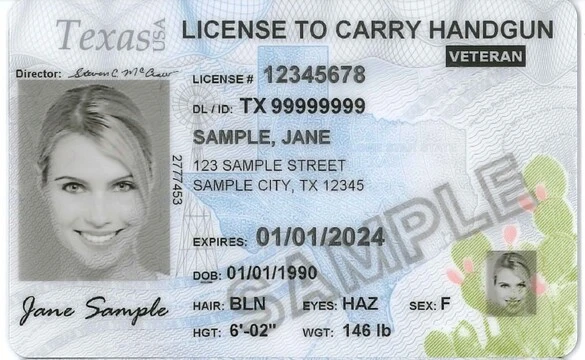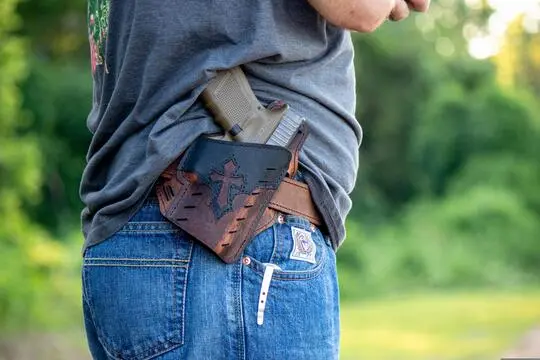Pocket carry, the practice of concealing a firearm within the clothing of an individual, has been a topic of discussion among gun owners for years. In this article, we will explore into the benefits and drawbacks, as well as explore various perspectives on its effectiveness.
Benefits
- Convenience: One of the primary advantages is its convenience. With a pocket holster, an individual can easily access their firearm without having to worry about drawing it from a traditional holster.
- Discretion: Pocket carry allows individuals to conceal their firearms in plain sight, making it an attractive option for those who value discretion.
- Accessibility: In situations where other forms of carry are not feasible (e.g., due to dress code restrictions or prohibited areas), it can provide a means of accessing a firearm.
- Flexibility: Pocket carry allows individuals to adapt their attire and clothing to suit various occasions, making it a versatile option for those who value flexibility.
Drawbacks
- Accessibility limitations: While it provides ease of access in certain situations, it can be challenging when seated or in situations where standing is required.
- Concealment limitations: Depending on the type and quality of the firearm, it may not provide adequate concealment, potentially drawing unwanted attention.
- Comfort issues: Wearing a holster in a pocket can cause discomfort or even injury if the holster is too tight or ill-fitting.
Perspectives on Pocket Carry
- Some individuals argue that pocket carry provides unparalleled convenience and accessibility, making it an attractive option for those who value flexibility and discretion.
- Others contend that pocket carry can be challenging due to its reliance on clothing size and comfort, potentially leading to discomfort or injury.
- A few advocates suggest that modern pants and shorts with additional pockets or lower-cut designs can improve firearm accessibility.
Ultimately, whether this is a viable option for individuals depends on their specific needs and preferences. While it provides unique benefits such as convenience and discretion, it also presents challenges such as accessibility limitations and concealment concerns.
Principles of Effective Pocket Carry
For those who decide to pursue pocket carry, there are several key principles to keep in mind:
- Clothing size and comfort: The choice of clothing plays a significant role in the success of this method of carry. Individuals with larger firearms may find it more challenging to conceal their firearms within the confines of modern clothing.
- Holster quality: A high-quality holster is essential for effective pocket carry. Look for holsters made from durable materials, such as leather or synthetic compounds, that can withstand the rigors of regular use.
- Practice and training: As with any form of carry, practice and training are crucial for successful concealed carry. Individuals should focus on developing their drawing skills, particularly in situations where accessibility limitations may be present.
By understanding these principles and considering individual needs and preferences, individuals can make an informed decision about whether this is a suitable option for them.
The key to effective pocket carry lies in finding the right balance between clothing comfort, holster quality, and practice.
For those interested in exploring the world of pocket carry, here are some highly-regarded options to consider (in no particular order):
Kel-Tec P-32
Ruger LCP and LCR
NAA mini-revolver
Glock 42 and 43X
S&W Shield Plus
Canik METE MC9
Taurus GX4
Ruger Max-9
Diamondback DB9
Kahr CM9
Beretta Tomcat



